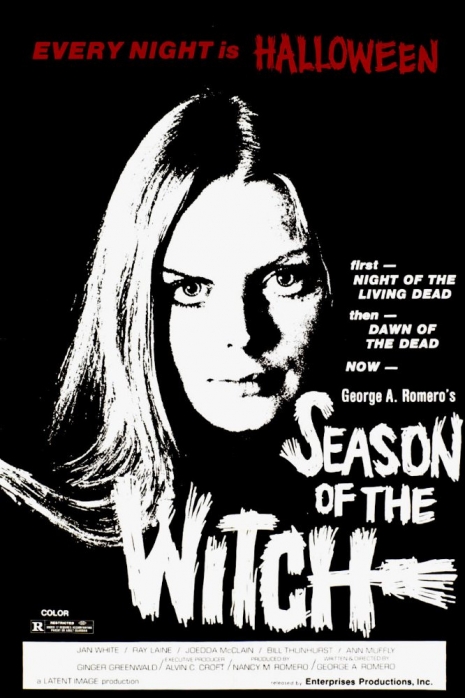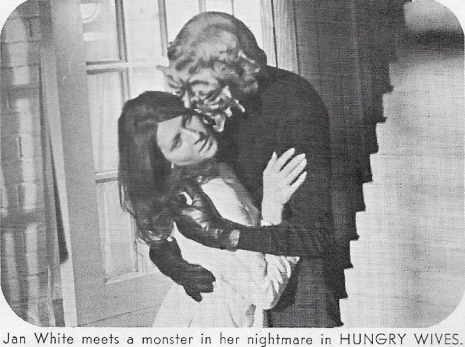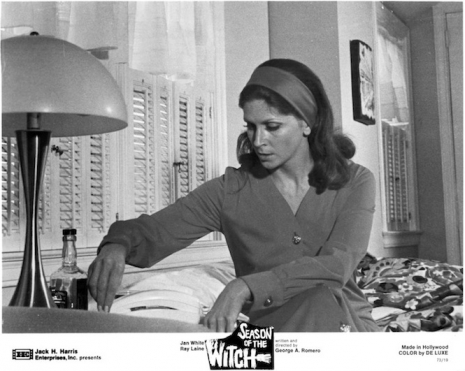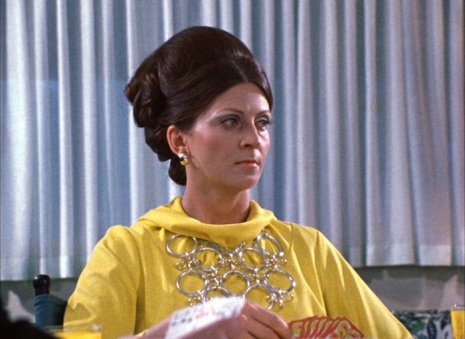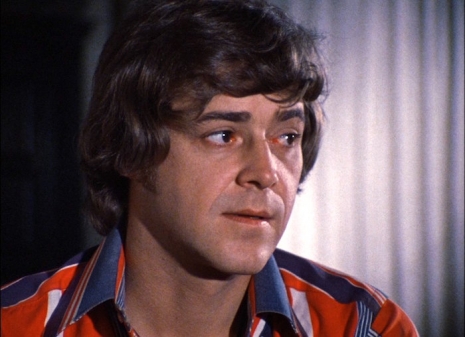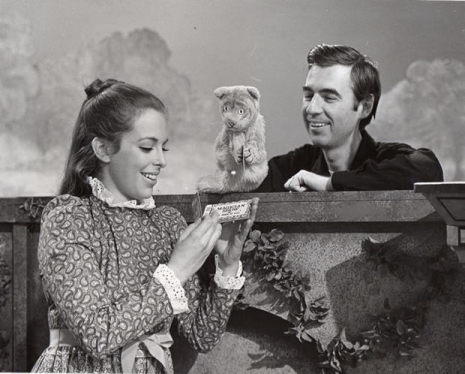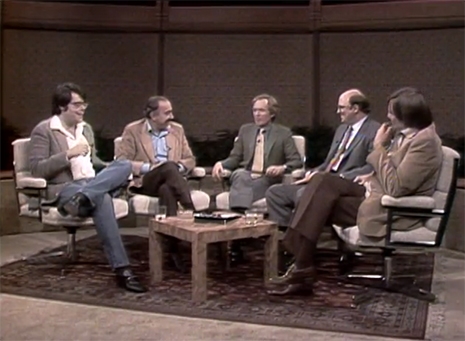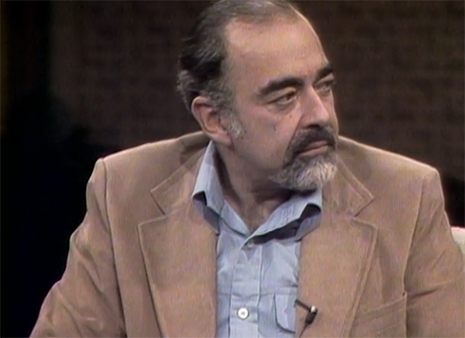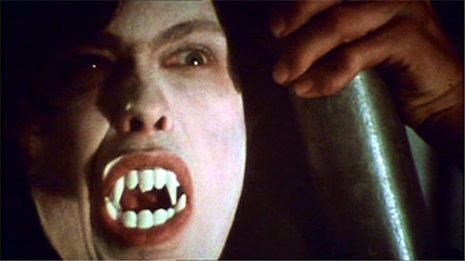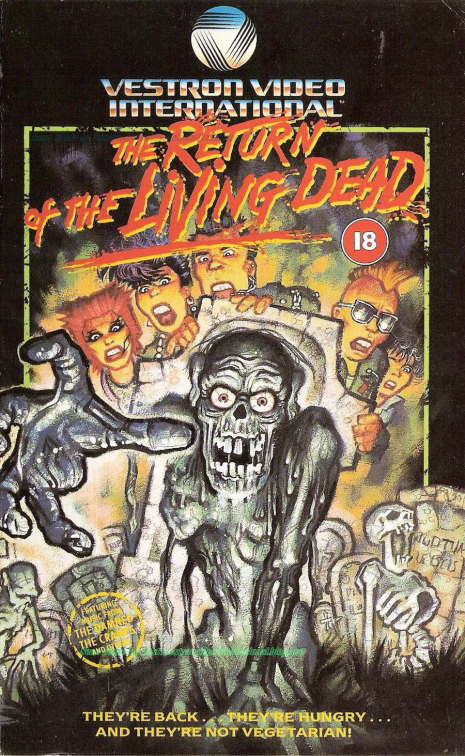
Artwork from Vestron Video and their UK VHS for ‘The Return of the Living Dead.’
Before we take a deep dive into the deviant classic that is 1985’s The Return of the Living Dead lets demystify the collection of films by late director George A. Romero and his partner John A. Russo. The first was Night of the Living Dead, released in 1968. Romero wrote the script for the film during his freshman year of college after meeting Russo while he was visiting Carnegie Tech in Pittsburgh where he was studying graphic arts. After passing the script back and forth, the pair finally agreed the zombie antagonists in their film would be of the flesh-eating variety, not primarily brain consumers. With respect to zombie film super fans, this distinction has often been lost on connoisseurs of the genre, and Romero himself has publicly lamented about being constantly asked to include the words “Eat Brains!” while signing autographs—even though his zombies were just not into eating human brains. Initially, the title of the film was “Night of the Flesh Eaters,’ which was later modified for its theatrical release in order to avoid confusion with the 1964 film, The Flesh Eaters. However the release lacked notation of copyright, errantly placing the film in public domain where by definition an artistic work is considered common property.
In 1974 Russo would pen his first novel based on Night of the Living Dead. Four years later would see the publication of Russo’s second book Return of the Living Dead, which served as the basis for his dark screenplay (written with another Romero collaborator, Rudy Ricci) and subsequent 1985 film adaptation of the book. According to an interview with Russo in 2018, none other than Frank Sinatra had agreed to finance the film but withdrew after his mother Dolly Sinatra was tragically killed in a plane crash. After it was clear George Romero wasn’t interested in directing, the late Tobe Hooper was tapped but pulled out to direct Lifeforce (1985). Eventually, Russo and Ricci’s original screenplay would end up with a man of many talents and connections, Dan O’Bannon (Heavy Metal, Alien, Total Recall and, coincidentally, one of the writers behind Lifeforce) who revamped it completely so much so Russo has said he’d still like to see his (and Ricci’s) original screenplay get the film treatment someday. Ultimately, this about-face wasn’t a bad thing at all, and at the urging of the film’s distributors, dialog and scenes were at times meant to be darkly humorous. The pioneering O’Bannon would end up in the director’s seat for the first of five Living Dead films, this being the only one directed by him. Thanks to many factors and concepts influenced or directly implemented by O’Bannon, the film would become one of the most beloved zombie flicks of all time.
Think I’m wrong? Let me help you with that starting with one of the film’s stars, actress and heavy metal fitness enthusiast Linnea Quigley, and the trick behind her long nude scene in the movie.
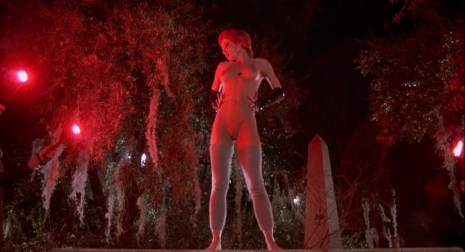
Actress Linnea Quigley as Trash getting ready to do her graveyard dance in the nude. Sort of.
Part of the plan for the release of the film was that it would also, at some point, be shown in an edited-for-TV form; devoid of most of its nudity and questionable language. At first, Quigley, who spends pretty much all of her time on camera nude, had pubic hair. The story goes, one of the film’s producers just so happened to be visiting the set while Quigley was doing her graveyard striptease and freaked out at the sight of her bush and ripped Dan O’Bannon personally, telling him that pubic hair could “not be shown on television.” The then 24-year-old Quigley was sent off for a quick Brazilian at the beauty parlor, which further horrified the producer (said to be line-producer Graham Henderson), who responded that you could now see Quigley’s “everything.” This guy. The job of disguising Quigley’s down-under parts would go to the film’s art department who created a mannequin-like prosthetic for Quigley’s hoo-hah, which made her lady parts look like a barbie’s plastic vulva. So for those of you of a certain generation which grew up believing you saw Linnea Quigley’s hairless crotch in The Return of the Living Dead, I’m sorry.
More after the jump…






